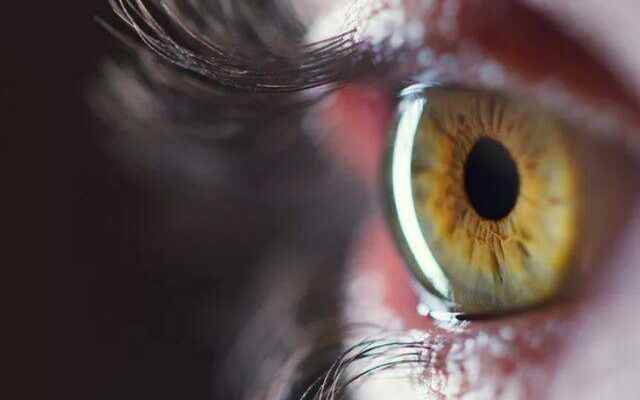Defects in the eye may be congenital or due to various reasons. This leads to loss of vision or the inability to fully perceive the surrounding objects. The cornea is the transparent tissue located at the front of the eye, specialized to focus the light and protect the eye from external factors. Damage to the cornea reduces the amount of vision. Assoc. Dr. Aylin Kılıç said, “There are no vessels in the cornea, since there are no vessels, tissue compatibility is never sought in corneal transplantation from human to human. We can enable a patient who has no vision or only sees hand movements to choose distant people and watch television after transplant surgery.”
CORNEA TRANSPLANT IS A CHANGE OF THE FRONT LAYER OF THE EYE
Assoc. Dr. Aylin Kılıç gave information about corneal transplantation. Assoc. Dr. Aylin Kılıç, stating that only the layer on the front of the eye changes in corneal transplantation, said, “It is the replacement of the transparent layer called the cornea in the front of the eye with another cornea taken from a cadaver. Generally, keratitis, keratoconus and traumas to the eye are among the leading causes. Only patients with corneal vision loss can undergo corneal transplantation. Some of the patients who will have a cornea transplant think that we have completely changed the eye, but it is not so. We inform our patients before they are taken into surgery, they are aware that we only change the layer on the front of the eye. The removed layer is a very thin layer of 500 microns. While changing the transparent layer, the full layer can be changed, or only the diseased layer of the transparent layer in front is removed.
ANY HEALTHY PERSON WITHOUT DISEASE AND WHO HAS BEEN TESTED CAN HAVE A CORNEA TRANSPLANT

Assoc. Dr. Pointing out that the cornea of a healthy person who has no disease and has been tested can fit everyone, Aylin Kılıç continued: “There are no vessels in the cornea, tissue compatibility is never sought in corneal transplantation from person to person because there are no vessels. We contact the cornea bank. When we apply to eye banks, they contact us if they have a cornea. We act very sensitively in this regard, the corneas of every person we lost in our country are not removed. Eye banks take corneas from cadavers and put them in solution. They are tested, if the cells are healthy, they wait and let us know. To the eye bank We call, they send us the cornea and we take the patient into surgery. We need to use that tissue within 2 weeks. The operation process may take between 1 and 2 hours depending on the patient’s condition. We can make him choose people far away and watch television. The quality of life of the patients changes after the operation, which is a huge advantage.”
THE BODY CAN REJECT THE CORNEA

Pointing out that the eye can discard the transplanted cornea, Assoc. Dr. Aylin Kılıç said, “We can never promise patients that it will be permanent throughout their lives. It is unlikely that the body will reject the cornea, the probability of rejection of corneal transplants in childhood is higher than in adults. The time of removal of the transplanted cornea from the body can vary between 2 and 20 years. The cornea is congenitally thin. “If the vision is not affected, there is no need for a transplant. If we do not take precautions, the eye is perforated and the patient needs a corneal transplant,” he said.
